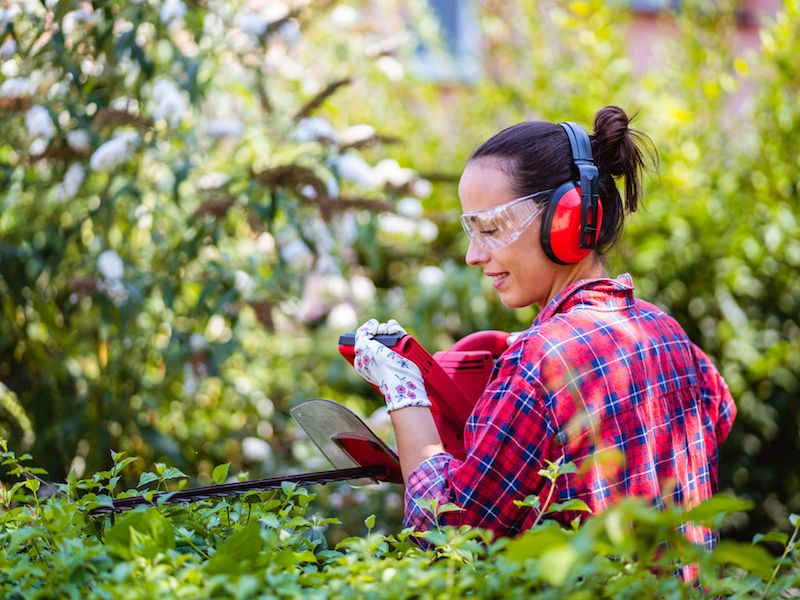
Eating right and protecting your hearing have some parallels. It sounds smart, but not many of us have a good concept of where to start. If there aren’t any obvious noise risks and you don’t consider your daily environment to be particularly loud, this is especially true. But everyday life can put stress on your ears and your senses, so practicing these hearing protection tips can help maintain your auditory acuity.
If you want to continue to enjoy the sounds around you, you need to do everything you can to slow down the degeneration of your hearing.
Tip 1: Hearing Protection You Can Wear
The most simple and sensible way that you can safeguard your ears is to protect your ears. This means taking basic steps to diminish the amount of loud and damaging noises you’re exposed to.
For many people, this will mean wearing ear protection when it’s warranted. Hearing protection normally comes in two basic forms:
- Ear Plugs, which are put in the ear canal.
- Ear Muffs, which are placed over the ears.
Neither form of hearing protection is inherently better than the other. Each style has its advantages. What’s important is that you find some hearing protection that you feel comfortable wearing.
Tip 2: When Sound Gets Dangerous, be Aware of It
But
The following threshold is when sound becomes dangerous:
- 85 decibels (dB): After around two hours this level of sound is harmful.This is the volume of sound you’d expect from a busy city street or your hairdryer.
- Over 100 dB: This is where you can damage your hearing very rapidly. Anything over this threshold can injure your hearing in minutes or seconds. As an example, jet engines and rock concerts will damage your ears in 30 seconds.
- 95-100 dB: This is the typical level of your earbuds or the level of farm equipment. After about 15-20 minutes this volume of noise becomes harmful.
Tip 3: Turn Your Phone Into a Sound Meter
We can take precautions to minimize our exposure, now that we have an idea of what volumes will be dangerous. The trick is that, once you’re out in the real world, it can be challenging to determine what’s loud and what isn’t.
That’s where your smartphone can become a handy little tool. There are dozens of apps for iPhone, Android, and everything in between that turn your device’s microphone into a sound meter.
In order to get an idea of what hazardous levels of noise actually sound like, use your sound meter to confirm the decibel level of everything you are hearing.
Tip 4: Monitor Your Volume Buttons
The majority of people today listen to music using their phone or smart device, and they usually use earbuds while they do it. This sets up a risky situation for your hearing. Over years of use, earbuds set to a substantially high level can cause considerable injury to your ears.
That’s why protecting your hearing means keeping a focused eye on your volume control. In order to drown out sounds somewhere else, you should never increase the volume. in order to make certain that volume doesn’t get too high, we suggest using volume configurations or app settings.
If your hearing begins to wane, earbuds can become something of a negative feedback loop; in order to make up for your faltering hearing, you may find yourself constantly rising the volume of your earbuds, and in the process doing more damage to your hearing.
Tip 5: Get Your Hearing Checked
You might think that getting a hearing exam is something you do only when your hearing starts to decline. The issue is that it’s not always easy to detect a problem in your hearing without a standard to compare results to.
Creating data that can be used for both diagnostic purposes and for treatment can best be accomplished by scheduling a hearing examination and screening. This will give you some extra context for future hearing choices and ear protection.
Pay Attention to Your Hearing
In a perfect world, protecting your hearing would be something you could do continuously without any difficulty. But there are always going to be obstacles. So safeguard your hearing when you can, as often as possible. You should also get your hearing examined routinely. Hopefully, these guidelines will help you get a good start.

